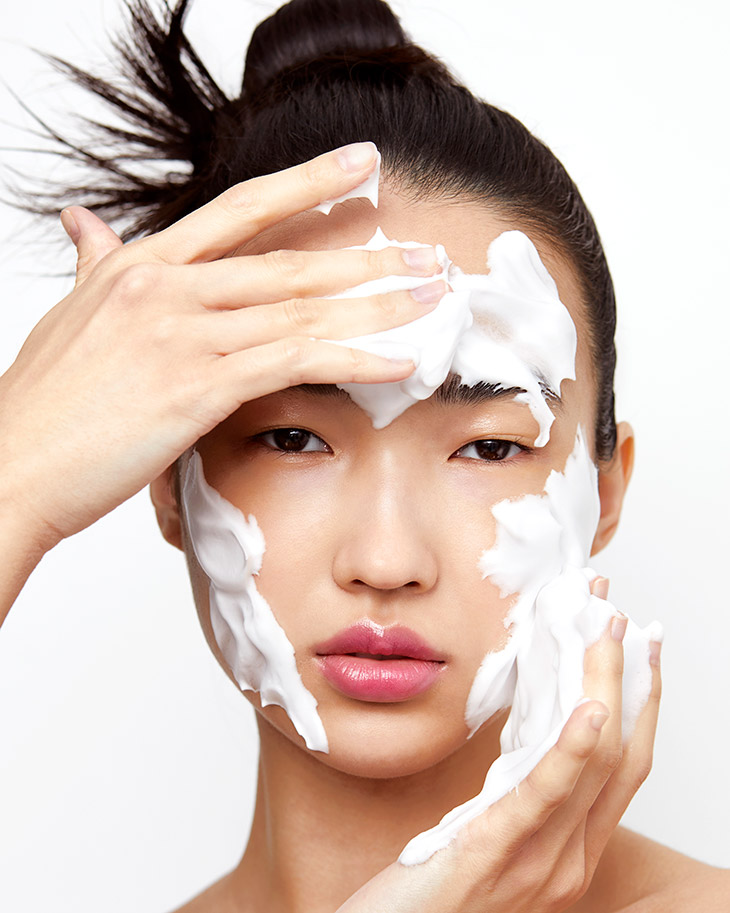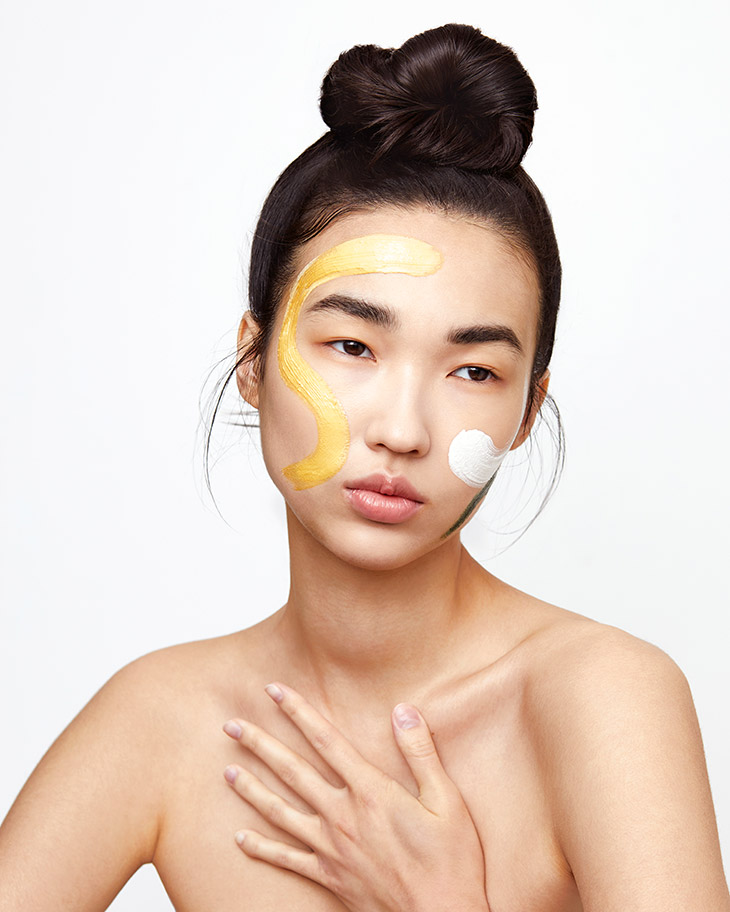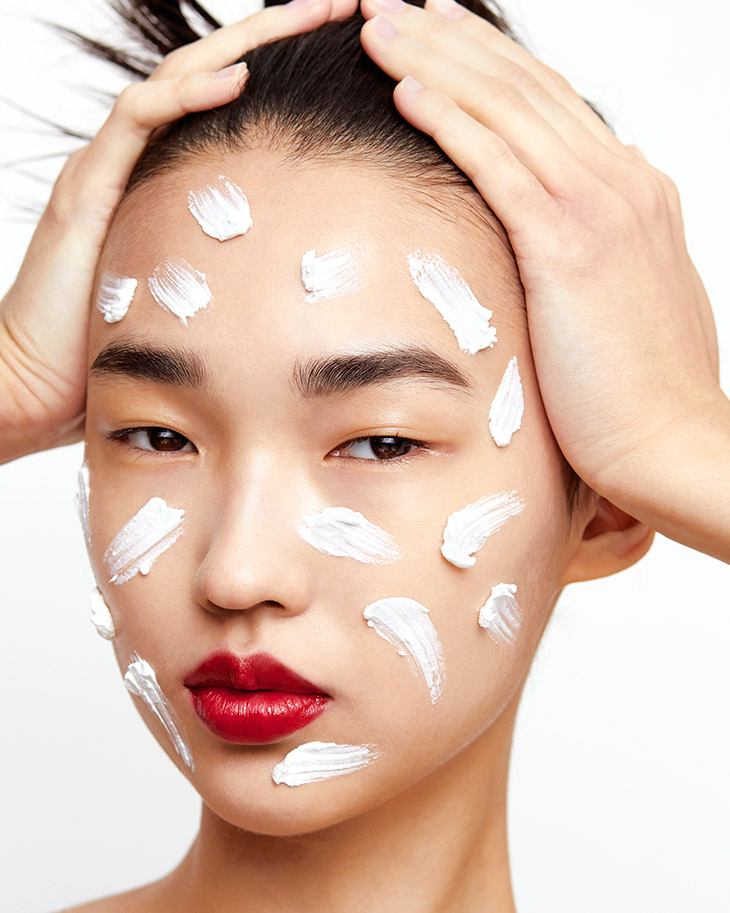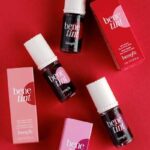
In 2023, around 32% of women in the U.S. said they stick to a skincare routine every day. That’s a lot of time, money, and consistency. Despite that, pilling and irritation are still common issues. What’s even more frustrating is investing in a great skincare routine, only to watch it crumble into tiny flakes on your face. You’re following the steps, using the right formulas, and still getting patchy results.
Sometimes, the problem isn’t the product but how you’re layering it. So, with the right approach, your routine can work better, feel smoother, and deliver real results without the flakes, redness, or waste. How can one go about it? Read on to find out.
Start With the Right Order
While layering isn’t complicated, it still has to be intentional. The order in which you apply your staple products makes a difference in how well they absorb and perform.
Start with clean, dry skin and work your way from thinnest to thickest product. That means lightweight serums first, heavier creams last. Water-based treatments should always come before oil-based ones. And don’t rush it. Give each product time to settle in before moving on.
If you’re using a dark spot serum, make sure it’s applied after cleansing and before any thicker serums or moisturizers. These types of treatments need direct access to your skin to do their job properly.
Apply it to dry skin, give it about 30 seconds to settle in, and then move on to your next product. That small pause can be the difference between fresher, more even-looking skin and a patchy mess.

Be Selective With Your Layers
It’s tempting to try everything at once, especially when there’s a product for every concern. But when it comes to layering, less is definitely more. Overloading your skin with too many active ingredients not only increases the chance of irritation, but it also raises the odds of products clashing and rolling off your face.
Pilling happens when a product, like skincare, sunscreen, or makeup, starts to flake or roll off. It usually means it’s clashing with something already on your skin. Some experts say layering oil-based products over water-based ones can cause it, but even chemists agree it’s unpredictable.
One day it shows up, the next it doesn’t. If it keeps happening, start by using less and letting each layer dry before moving on. If that doesn’t help, you may need to switch up your products to find ones that work better together.
Focus on your primary skin concerns and goals. What are you really trying to target right now? Are they dark spots, uneven skin tone, hydration, acne scars, or fine lines?
Pick two or three priorities and build your daily routine around them. The rest can wait. Your skin doesn’t need 20 key ingredients or countless products to thrive. It only requires the right ones that are used consistently.
Apply With Intention
How you apply matters as much as what you apply. Dragging, rubbing, or using too much pressure can disturb the surface of your skin. That alone can lead to pilling, especially if your products haven’t settled yet.
Use just enough product to cover your facial skin, keeping in mind that more isn’t always better. According to board-certified cosmetic dermatologist Hadley King, MD, FAAD, a dime-sized amount of serum is enough to treat your face, neck, and chest. Anything more tends to sit on top of the skin, which increases the risk of buildup.
Let it sink in, then apply your next layer with clean fingertips. No brushes, no tugging, just a light hand and a little patience. And don’t forget your hands. Any leftover product on your fingers can mix with the next one and create that balled-up texture you’re trying to avoid.
A quick rinse or wipe between steps keeps things clean and helps each product do its job without any drama.

Give Each Step Time
One of the simplest tricks to avoiding pilling is also one of the most overlooked: just slow down. Your skin needs time to absorb what you’ve applied. Rushing from serum to cream to SPF doesn’t give concentrated ingredients enough time to settle, and that can lead to clashing textures and that dreaded ‘rolling’ effect.
After applying each product, wait at least 30 to 60 seconds before layering the next. If something still feels tacky, wait a little longer. You want the surface of your skin to feel smooth, not sticky, before moving on. If it’s still wet or gummy, that’s a sign your product hasn’t fully absorbed.
This also gives each formula more room to actually work. Your vitamin C serum won’t do much if the next layer instantly rubs it off. Giving your skin a bit of breathing room between steps helps each product deliver better results, with less risk of irritation or buildup.
Getting your skincare to work shouldn’t feel like trial and error. When you layer your products the right way, you avoid frustration and get more out of what you’re using. There will be no more flaking, no more skin irritation, just steady results.
So, if your routine hasn’t been delivering, it might not be the products, but the way you’re using them. Make a few changes, stay consistent, and let your skin do the rest.
Images from So Fresh by Montana Lowery – See the full story here



